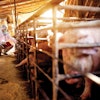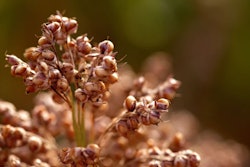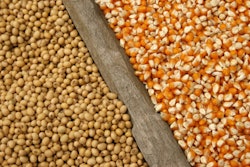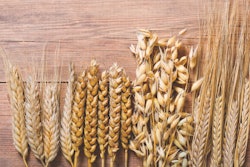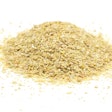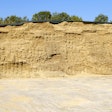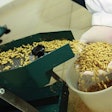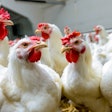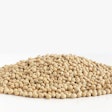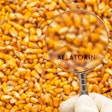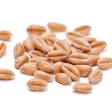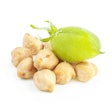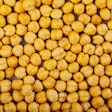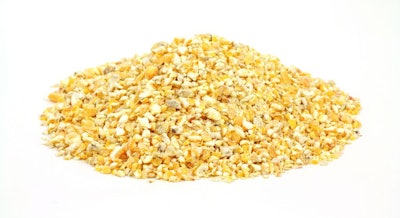
Energy is a major expense for every feed mill
Corn has become relatively expensive, and like everything else the same can be said about electricity or energy in general, which is a major expense for every feed mill.
Grinding corn is a necessity for all commercial animal feeds, and this process requires a considerable amount of energy. The finer the degree of grinding, the more energy is required to process such corn. In fact, research has demonstrated that going from relatively coarse corn (around 800-900 microns) to what is considered the norm (about 600 microns) requires less energy than dropping from 600 to 400 microns (finely ground corn).
Broilers do not require finely ground corn. It sticks on their beaks (starch is pasty), reducing their ability to consume feed, but it also reduces organic matter digestibility as their digestive system is geared to handle rougher feeds. In fact, the recommended particle size for corn fed to broilers is more than 800 microns, although much coarser than 1,200 microns makes pelleting a challenging proposition. It should be noted that soybean meal, a common companion to corn in broiler feeds, is usually found at a particle size around 900 microns.
Right now, there is an increasing interest in feeding cracked corn to broilers, again, as a measure of reducing grinding electricity expenditure. Research has been available since 2009 (Clark et al.; Journal of Applied Poultry Research) from Kansas State University. In that study, broilers fed up to 25% cracked corn had the same performance as those fed normally ground corn. There has been considerable genetic change in modern broilers, but their appetite remains strong. Thus, we expect these results to remain valid today.
The next question, then, is whether cracked corn should be included in the feed or fed separately. There is the problem of broilers picking the large, yellow particles of corn and leaving behind the remaining “dusty” feed. Here, pelleting would work best in ensuring that broilers consume a wholesome diet, but cracked corn and pelleting do not go well together. An untested solution could be to feed cracked corn mixed with the rest of the feed that has been made into a pellet. This would negate any savings if the whole feed was fed previously in a meal form, but it would work well for broilers fed pellets or crumbles to begin with. Again, these are all interesting questions that are being asked by poultry integrators. Research on these questions remains puzzling at best. In practice, different approaches work for each farm as the applied part of science does not conform to the rule of thumb “one size fits all” as many want to believe.
It might be beneficial to look at the existing data and feeding practices in Europe, where whole wheat is fed to broilers. There, most frequently, the wheat is blended with protein pellets either at the feed mill or at the farm. There are free-choice systems, but these are a completely different approach. In some farms, blended whole wheat with protein pellets works very well, but this is, again, not a universal finding. With wheat being a more variable grain than corn, it is reasonable to anticipate greater variability in responses when feeding whole wheat. Nevertheless, with wheat becoming even more expensive, we expect a great interest in whole-wheat feeding in Europe, as well.
